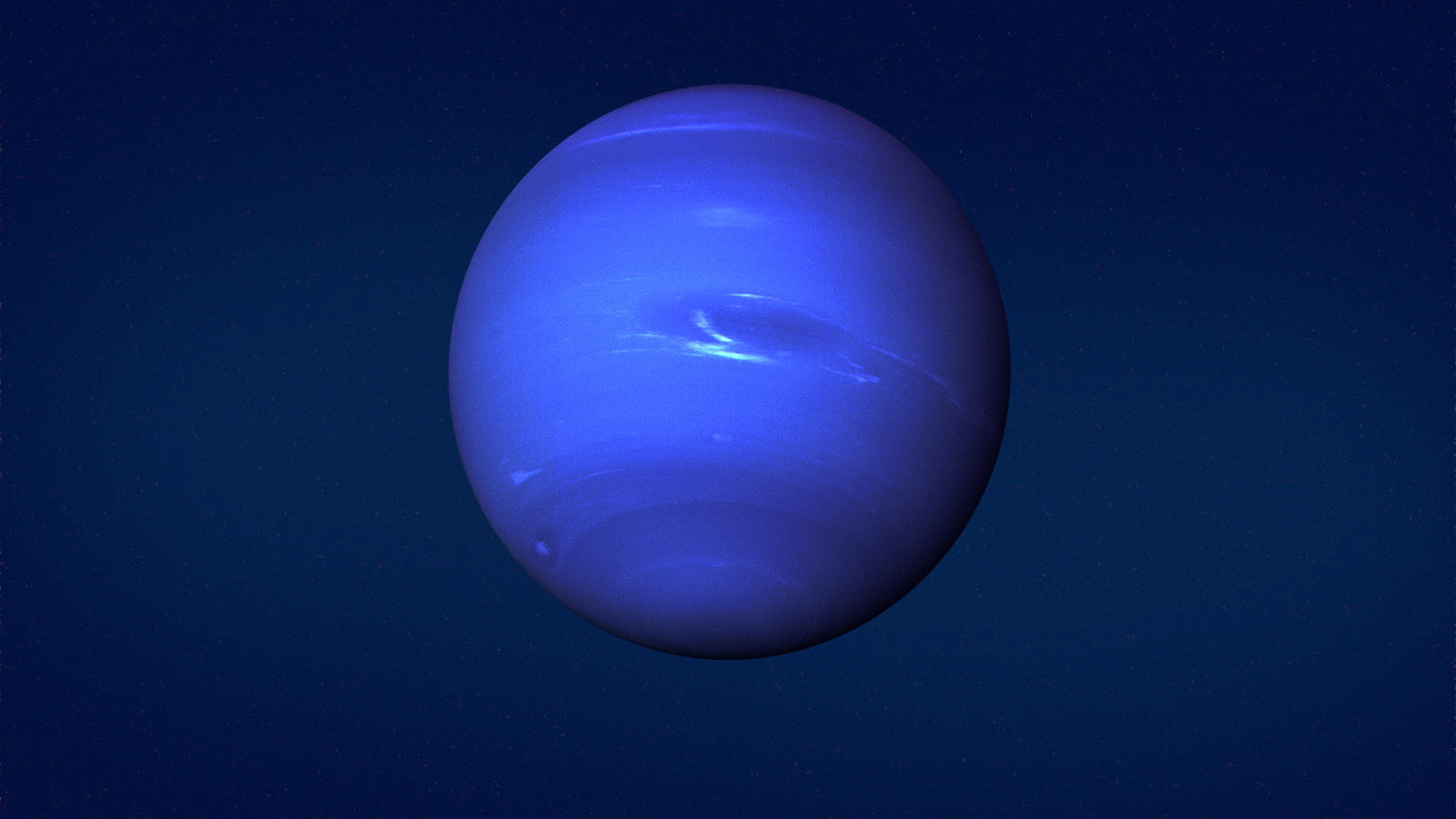
The Galileo probe entered Jupiter’s atmosphere at 47.5 kilometers per second, surviving the harshest entry conditions ever experienced by an entry probe. And these speeds greatly heat up the spacecraft. The massive scale of giant planets means orbit speeds for incoming spacecraft are incredibly fast. It is therefore reserved for spacecraft which really need it, such as missions operating far away from the Sun. This radioactive decay can damage and interfere with instruments. Power for these missions would have to be generated from the radioactive decay of plutonium (the power source for both the Galileo and Cassini missions).

Meanwhile, Uranus and Neptune are 20 and 30 times further away, respectively, from the Sun than Earth is. Yet, where Juno’s solar cells would generate 14 kilowatts of continuous power on Earth, they only generate 0.5kW at Jupiter.

It orbits Jupiter, which is five times further away from the Sun than Earth is. The Juno spacecraft is the most distant object from the Sun to have used solar panels.
#Neptunes missions windows
If we launch during the next convenient launch windows of 2030–34 for Uranus and 2029–30 for Neptune, flight times would vary from 11 to 15 years.Ī major issue is power. While momentum is building for a return, it won’t be simple. Voyager 2, the only spacecraft ever to have visited Neptune, took a photo of the planet in 1989. The last and only spacecraft to visit the ice giants was Voyager 2, which flew by Uranus in 1986 and Neptune in 1989. Neither has had a dedicated mission so far. The spacecraft spent 13 years exploring the planet and its surroundings and launched a probe to explore Saturn’s moon, Titan.įlight times get even longer for the two ice giants, which are much further from the Sun. Similarly, the Cassini-Huygens mission run by NASA and the European Space Agency (ESA) took seven years to reach Saturn. The 2011 Juno mission spent five years in transit, using a flyby around Earth to reach Jupiter (which it still orbits). NASA’s 1989 Galileo mission had to slingshot around Venus and Earth to give it enough momentum to get to Jupiter, which it orbited for eight years. Still, there have been some past missions sent to the gas giants. JPL/Caltech (based on material from the Lunar and Planetary Institute) Slingshots to the edge of the Solar SystemĪny giant planet mission is extremely difficult. Relative size and composition of the giant planets in our solar system (with Earth also shown for comparison). Uranus and Neptune have similar outer atmospheres and rocky cores, but their inner layer is made up of about 65% water and other so-called “ices” (although these technically remain liquid) such as methane and ammonia. They’re also believed to have a small rocky core. These are mainly made of hydrogen and helium, with an outer gaseous layer and a partially liquid “metallic” layer below that.

The larger Jupiter and Saturn are gas giants. There are two types of giant planets: gas giants and ice giants. Even in their lower atmospheres, they remain gaseous, reaching extremely high pressures that would crush any spacecraft well before it could land on anything solid. Unlike rocky planets, giant planets don’t have a surface to land on.


 0 kommentar(er)
0 kommentar(er)
